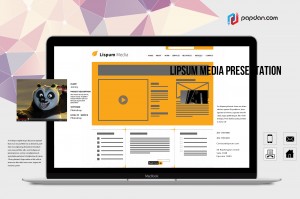There are many things in design world, but there are more rules that are unwritten but as a designer you should know it since this rules will turn you from a good designer into the great one. So, whatever your major design is whether it is web designer, graphic designer and etc. you should follow some rules below.
- Client is a King
Like the old saying, customer is always a king. This proverb should always be remembered by heart whenever you interact with your client. There are two ways to serve your client very well; first you need to know what your client really wants through having a deeper and understandable brief. Second, you also need to remember that the client is always right, even when they are wrong.
Like or hate it, your client is the one who truly knows their business better than anyone else. Moreover, the user is the final judge of whether your design is successful, so accept their suggestion can be the best way to get what your client really wants.
- Get Paid Up Front
Even though the client is always right, but getting paid is your right. In fact, it is okay to ask for getting paid up front and taking a percentage as down-payment on larger jobs since it shows that your client is serious about making a commitment.
- Pen and Paper First
Today, we live in digital world, where gadget has replaced most of our traditional ways in designing, but nothing is more intuitive rather than a fist full of pens and some paper. Drawing sketch in a paper will avoid you into thinking which typeface to choose and how big your column needs to be. In fact, many designers agree that computers can sometimes be limiting rather than liberating.
- Test Your Designs Across Media
Testing pages on multiple platforms is one of the important rituals that every designer should do. According to Adrien Raphoz, senior creative at FCBInferno, “If your logo design does not work in black and white on a 2×2 cm format, it is not a legible design..”. Therefore, always remember to look at them on paper, web, and also mobile.
- It’s OK to Start Again
Sometimes, in the process of designing, we will get stuck in exploring the ideas and the best way to get out of it is to move on the idea. Besides, as it is stated by Chris Clarke, chief creative officer at marketing agency DigitasLBi that there was never enough time to do something, but always enough time to do it again.



